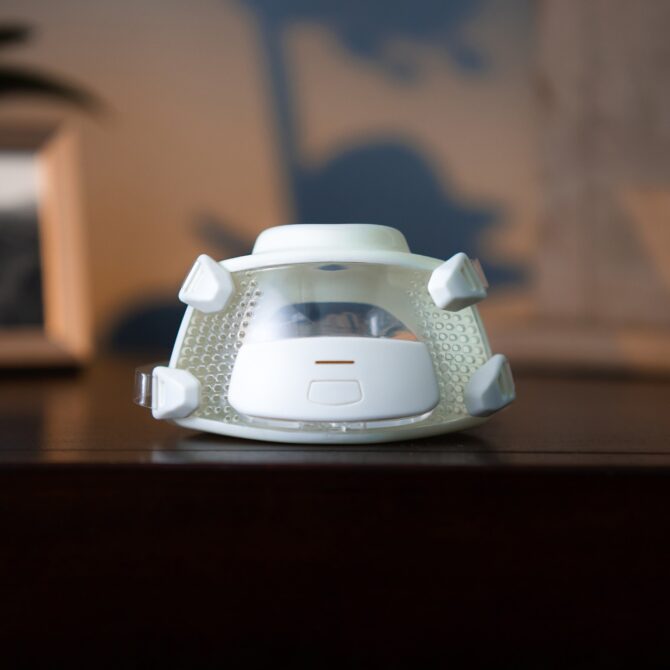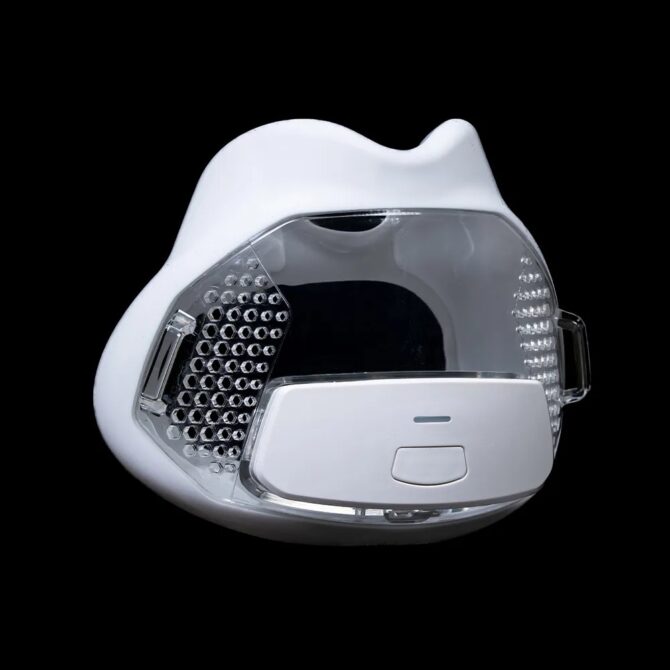
Human factors in design: A quick primer
By Kevin Bailey, CEO, Design 1st
Electronics Engineering Medical Wearable Technology biometrics Calibre Design 1st Editor Pick engineering medtech wearablesTo the consumer, products arrive in the world fully formed. Rarely, if at all, do they think about the series of steps that brings a given product from someone’s imagination to their living room. And if they are thinking about those steps, it almost always means the product designer has done something wrong.
That’s because the ideal outcome, for the product designer, is that their end-users never think of them at all. The consumer simply uses their product, happily, without complications or complaints, until it’s lost or broken.
Of course, it takes an extraordinary amount of work to produce that degree of satisfaction in the consumer. Even the simplest product needs to be analyzed, tested from every angle, before reaching the consumer’s hands. And as it happens, the philosophy underlying this process has a name, well-known to every product designer: human factors analysis.

Ottawa-based Design 1st worked with Calibre Biometrics in developing a real-time wearable fitness metabolic performance tracker. Photo source: Calibre Biometrics
What is human factors analysis? On a simple level, it’s the way that product designers guarantee that their products will function as intended in the real world. No product exists in a vacuum—they are handled by specific people, with specific needs and skill-sets, in specific environments at specific times. Human factors analysis is a way to account for all of those variables—to ensure that a given product will actually work when it reaches store shelves.
Let’s use a concrete example: Calibre, a real-time wearable fitness metabolic performance tracker. Below, we’ll take you step-by-step through the human factors analysis process as it applied to our development of Calibre, along the way hopefully providing a clearer picture of how human factors analysis impacts product design generally.
The physical aspect
Let’s start with the physical aspect. This refers, on a basic level, to a product’s ergonomics—its size and shape, its materials, and also (in the case of Calibre) how it feels when it’s strapped to your face.
For Calibre, we knew we needed the device to be aesthetically pleasing. It also needed to be lightweight and functional, so people would actually be inclined to wear it.
That meant conducting human anthropometrics analysis of facial structures. It meant testing user after user for face fit and taking detailed notes. Straps were rapidly iterated and prototyped for maximum comfort and functionality; airflow dynamics testing was conducted to ensure that Calibre stayed comfortable even at high breathing rates.
The final product packs a suite of gas and pressure sensors into a tiny, portable wireless electronic module which—crucially—clips comfortably to the face.
The cognitive aspect
Now we move on to the cognitive aspect. This refers to every bit of mental activity that surrounds the consumer’s purchase, use, maintenance and disposal of your product. It means not only the mental steps a consumer needs to take to properly interact with your product—it also means how taking those steps makes the user feel. Do they find the experience empowering, or frustrating? Can they access your product’s features intuitively and with ease, or do they have to pause and think it through, or give up trying?
But the cognitive aspect also encompasses the user’s awareness of what they can actually get out of your product. In Calibre’s case, that meant its ability to provide meaningful, reliable data that can improve everyday health and performance. The “cognitive experience,” here, is more detailed information about your body and your health. In designing Calibre, then, we were hyper-conscious of foregrounding those features and making sure end-users would understand, with minimal effort, how to fully access and interpret them.
The social, cultural, and emotional aspects
The physical and cognitive aspects of a product are arguably the most important, but they comprise only a part of human factors analysis. Social, cultural, and emotional aspects can often be just as significant when it comes to widespread product adoption among a given target audience.
The social aspect refers to how others might perceive you in relation to the product. It encompasses the concerns that most of us have, as we go about our day—worries about fitting in, about looking weird, about being judged.
Obviously, a wearable electronic facemask will always look out of place on a subway car or a busy street unless a majority of people are wearing them. What mattered to us, though, was that our target customer—someone already inclined to exercise regularly and interested in new technology—would feel socially comfortable wearing it while working out given they are early adopters. That concern would ultimately guide Calibre’s final form.
Then there’s the cultural aspect—fundamentally, this just means being intentional about who your product is targeted towards. No single product can be optimally designed for every market in the world—inevitably, product designers will have to target one or more specific audiences. The task, then, is to make the design more neutral, to minimize cultural or other risks to attract a wider range of target consumers.

Photo source: Calibre Biometrics
Finally, we have emotional factors. Oftentimes, products become a meaningful part of our lives—integral parts of our day-to-day experiences and even our identities. The ability to personalize a product is typically a reliable route to a consumer’s heart, but personalization also tends to be expensive on the production end. With Calibre, of course, the hope is that the initial product human factors decisions for the wearable ensures it becomes a reliable part of the workout routine—something our target consumer couldn’t imagine going without. Future products can then provide diversity of color, style, form and functions to increase product adoption.
You can see, then, how human factors analysis guides every step of the product creation process: a product like Calibre developed only by engineering teams without user testing during the early stages of design would look and function very differently. Without the process of human factors analysis, the solution would have wound up less comfortable, or less usable; at a minimum, it would have been less tailored to the needs of our target audience.
Only by actual testing and iterating early in the process while making fundamental product definition decisions by working with real people, the kinds of people we hoped to one day sell our product to—could we have made something that stood a chance of succeeding in the real world. You can think of human factors analysis, then, as a collaboration—the customer and designer guiding the engineering, working together to bring forth a product that could never have existed otherwise.
——————————————————
Calibre Biometrics is a Wellesley MA based OEM that develops a fitness tracker that delivers informative metrics right to a phone.
Design 1st is an Ottawa-based full-service design and engineering company helping start-up to enterprise transform ideas into commercialized products.
